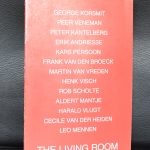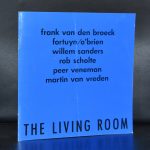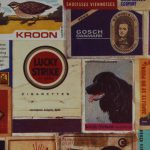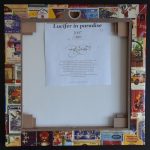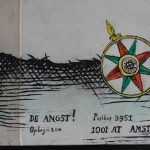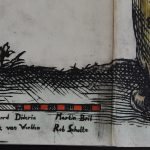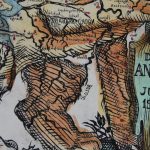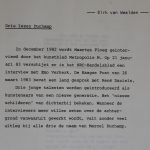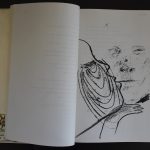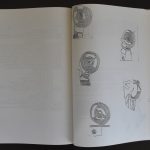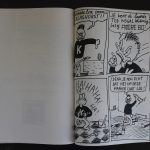
Last Saturday dutch photographer Paul Blaca died. His body was worn out after years of drug and alcohol abuse. Without Blanca dutch photography would have been half as interesting as it is now. He was self taught and discovered and explored portrait photography in a very special and own way, transforming it and perfecting it into his preferred form of photography.
the following text comes from the Paul Blanca site:
Paul Blanca (1958) is a Dutch self-taught photographer who started with a Canon F1 and later switched to a 6×6 cm Haselblad camera. In the 80s he created a series of violent self-portraits inspired by Robert Mapplethorpe (1946 – 1989) and Andres Serrano. Mapplethorpe introduced Blanca into the art world to artists like Grace Jones and Keith Haring stating “Paul Blanca is my only competitor”. Mapplethorpe’s favourite was Blanca’s self-portrait ‘Mother and Son’.
Hans van Maanen and Erwin Olaf call Paul Blanca the photographer of emotion. That ties in with his work. His self-portraits run like a thread through his overall work. For some things you can’t ask a model. For example, to hit a nail through someone’s hand. And like the self-portrait Mickey Mouse. In which a smiling Mickey Mouse is carved into his back with a thumb up.
For his series ‘Par la Pluie des Femmes’ women were captured in tears by thinking of their most traumatic experience. When he lived in Spain for 2 years, he stood with his camera at the front of the Spanish bullfighting arena. This resulted in the portfolio Sangre de Toro (Blood of the Bull): silk-screen prints with Bull’s blood.
In the beginning of the 90s he photographed the facial expression of speedball hookers for the series ‘Wit en Bruin’. Speedball is a very dangerous mixture of cocaine with heroin or morphine and has a substantial risk of overdose.
In the series ‘Deformation’ he was inspired by Rob Leer‘s SM scene. Models mutulated by fishline and hanging in the air, supported by the same fishline. This series was made for Amsterdam International Fashion Week (AIFW), in collaboration with fashion designer Hester Slaman, and exposed in Apart Gallery Amsterdam.
With the series ‘Kristal’ and ‘Mi Matties’ he had a double exhibition at Witzenhausen Gallery in 2008. Kristal is a series about the sweet and the bitter in relation with women. Presented in Witzenhausen Gallery Amsterdam in 2008. Mi Matties (my friends) is a series made in one of the neighborhoods of old Amsterdam. The portraits show young men who are presenting themselves as a group, sort of a gang.
In 2014 he created a self-portrait ‘Mother and Son’, 32 years after the first self-portrait, where he carries his mother, just like he carried her to bed for 4 years because she couldn‘t walk.




